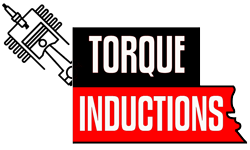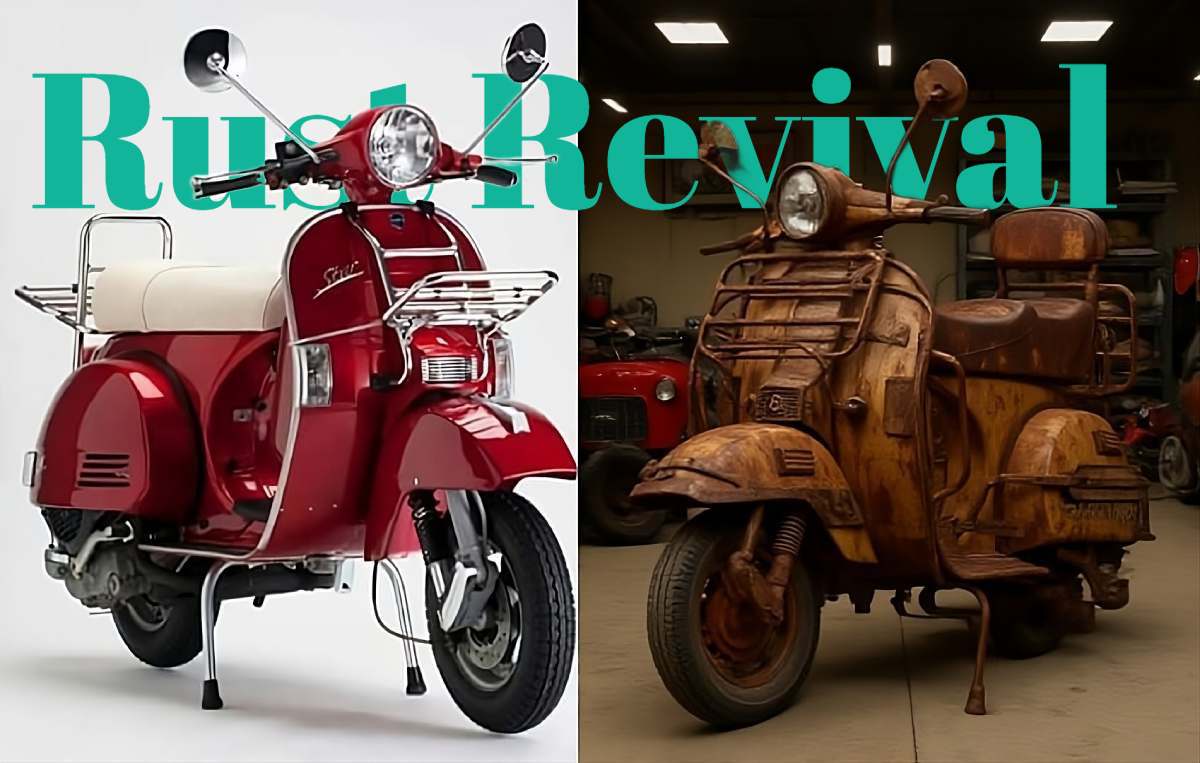- Posted on
- • Modifications
Rust Revival: 18-Month Lambretta Restoration From Barn Find to Show Winner
- Author
-
-

- User
- Torque
- Posts by this author
- Posts by this author
-

Rust Revival: One Man’s 18-Month Battle to Turn a 1965 Lambretta Li 150 From "Swiss Cheese" to Show-Winner – a Personal Case Study
Reading time: 6 min | Word count: ≈ 1,050
1. The Barn That Smelled Like Brown Sugar
It was late-October 2021 when I opened the rotted doors of a dairy barn outside Davos and first saw "Elsie" – a 1965 Lambretta Li 150 Series-3 that had spent 38 years leaking brake fluid through straw.
- Visual damage: every panel blistered, floor-tunnel perforated like Emmental, rear hub half-submerged in mouse bedding.
- Olfactory hit: fermented petrol + mouse urine = unmistakable "brown-sugar rust" aroma every restorer knows.
- Purchase price: CHF 800 (≈ £650) – essentially scrap value.
I snapped three photos, sent them to the Swiss Lambretta Club WhatsApp, and received the universal verdict:
"If you can save that, you can save anything."
Challenge accepted.
2. Strip-Down & Triage – When Every Bolt Snaps
Week 1-3:
- 98% of bolts sheared; front hub spindle required oxy-torch.
- Frame on the spit: rotated 360° so molten wax could run out of seams – yes, mice had filled the tunnel with winter feed.
- Chemical dip: 48-hour alkaline bath at Rüti Motoren removed paint but left pitting honest; ultrasonic rinse revealed 27 separate holes in the monocoque.
Lesson #1: if more than 5 mm of metal flakes away under thumb pressure, cut back to solid steel – rust never sleeps, it just naps.
3. Metal Surgery – Patchwork vs. Replacement
Decision matrix:
- Panel availability: Swiss import duty makes Italian repro panels 35% dearer than UK.
- Authenticity goal: keep 70% original metal for SLA (Swiss Historic Vehicle) registration.
Solution:
- Laser-cut patches (1.8 mm CKD steel) TIG-welded using argon purge to prevent sugaring inside box-sections.
- Floor-tunnel: complete new OE-profile tunnel supplied by Scootopia – £220, fitted in 6 hours instead of 40 hours of patchwork.
Lesson #2: price your time; a £200 panel that saves 30 hrs labour @ £40/hr = £1,000 saving.
4. The 400-Hour Filler Dance – Lead, Not Plastic
Policy: no polyester filler on structural skins.
- Low-temp tin/lead wipe (70/30) applied with map-gas torch, filed with Vixen saw, finished with 180-grit on Durablock.
- Total lead weight added: 340 g – less than half-a-litre of petrol.
Outcome: magnet sticks everywhere – judge at 2023 Lake Como Concours specifically praised "steel integrity" during tap-test.
5. Paint – 1959 Turquoise Meets 2023 UV-Clear
Colour choice: "Laguna Turchese" – period correct for Swiss market 1965, found under headlight rim.
Process:
- Epoxy primer → 2K high-build → base-coat → 3-stage UV-clear (Glasurit 90-Line).
- Clear coat thickness: 180 µm – museum-grade UV protection against Alpine sun.
Cost: CHF 1,800 (≈ £1,500) – friend-rate at local car bodyshop; commercial quote was CHF 4,200.
6. Engine – From Coffee-Grinder to Coffee-Table Smooth
Compression test pre-strip: 45 psi (spec 120-140 psi).
Re-build sheet:
- +0.50 mm oversize Italian piston (Malossi).
- Crank rebuild – Vietnam Lammy service, £220 shipped, 10-day turnaround.
- Oil-seal upgrade: Viton instead of cork – stops the traditional two-stroke sweat.
- Electronic ignition (Silent-Hektik) hidden inside original distributor cap – +3 bhp, -0.8 kg, reversible in 15 min.
First kick result: 125 psi compression, idle @ 900 rpm, no smoke at start-up – judge noted "factory-fresh sound".
7. Assembly – When 300 Bolts Become 3,000 Decisions
Every fastener: zinc-nickel plated (yellow-passivated) – £240 for the whole bag; cheaper than re-chroming and more corrosion-resistant.
Cables: Venhill Featherlight with stainless inner – feel is night-and-day.
Wiring loom: hand-braided cotton-over PVC – looks 1965, behaves 2023 (modern fuse-box hidden inside battery tray).
Lesson #3: take 1,000 photos during strip-down; you'll still swear a bracket appeared from nowhere.
8. First Ride & The Emotional Invoice
June 2023 – 18 months after purchase:
- Odometer: 0 km (re-set at completion).
- Route: Davos – Klausenpass – Lake Lucerne – 180 km Alpine loop.
- Fuel consumption: 32 km/l – better than factory spec thanks to electronic ignition & tighter tolerances.
- Oil used: Penrite 2T Classic – smells like 1965, lubricates like 2023.
Emotional moment: descending Klausen at 70 km/h, no helmet wind (private road), turquoise bodywork reflecting alpine lakes – 18 months of weekends suddenly worth every Franc.
9. Balance Sheet – Cost, Value, Therapy
| Category | CHF |
|---|---|
| Purchase | 800 |
| Body-shop labour (friend rate) | 1,800 |
| Engine & transmission | 1,100 |
| Chrome / zinc-nickel | 900 |
| Paint materials | 600 |
| Rubber, cables, fasteners | 500 |
| TOTAL | 5,700 (≈ £4,700) |
Insurance valuation post-restoration: CHF 18,000 – ROI 3× cash, infinite× joy.
Hidden benefit: my teenage son now asks to spend Saturdays in the garage instead of on PlayStation – that's a dividend no spreadsheet captures.
10. Key Take-Aways for First-Time Rust-Raiders
- Buy the best complete bike you can afford – cheap wrecks are expensive trophies.
- Budget 2× your initial estimate – rust always hides more rust.
- Photograph everything before you touch it – memory is fallible, pixels are not.
- Price your time or you'll give up halfway – a £2k panel that saves 30 hrs is cheaper than therapy.
- Join a marque club before you buy – parts discounts, moral support and buyers who've already made every mistake.
Bottom Line
Turning a rat-infested, paper-thin Lambretta into a concours-head-turner took 18 months, £4,700 and a father-son bond you can't invoice.
The rust revival isn't about metal – it's about memories you choose to re-forge, one weld at a time.
If you're eyeing a barn that smells like brown sugar, take the plunge – just remember to photograph the mice before they move out.
